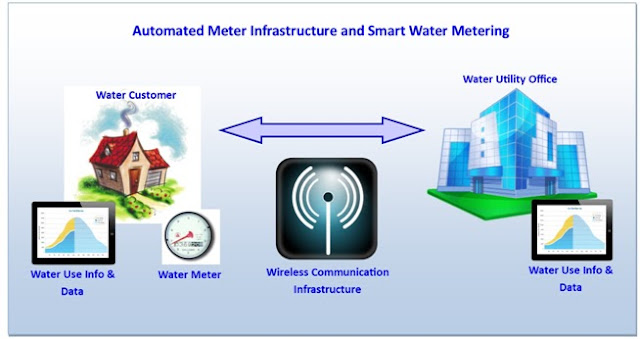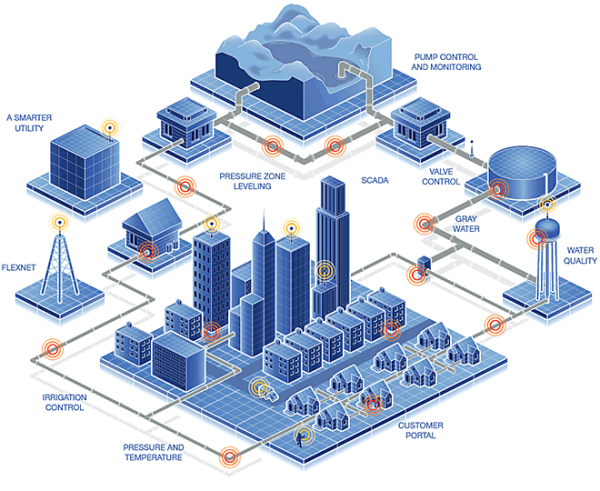
Issues in Smart Metering Locating System Intelligence There is a continuing debate in the utility industry as to whether smart metering data and data processing should be distributed or centralized. One side of this debate advocated sending data from smart meters to a central repository where it would be checked for accuracy and stored. The data can then be made available to various processes such as billing, outage reporting, forecasting, asset management, water conservations, and analytics. It can also be exported to web portals or in-home devices to better assist customers in assessing and planning consumption. Others suggest distributed processing to facilitate immediate feedback to customers who can use the data to make decisions about water use. Various display devices and home area networks incorporate some data processing to provide not only real-time consumption totals but also alerts, usage comparisons, historical perspectives, and cost estimates. It now seems clear the...





